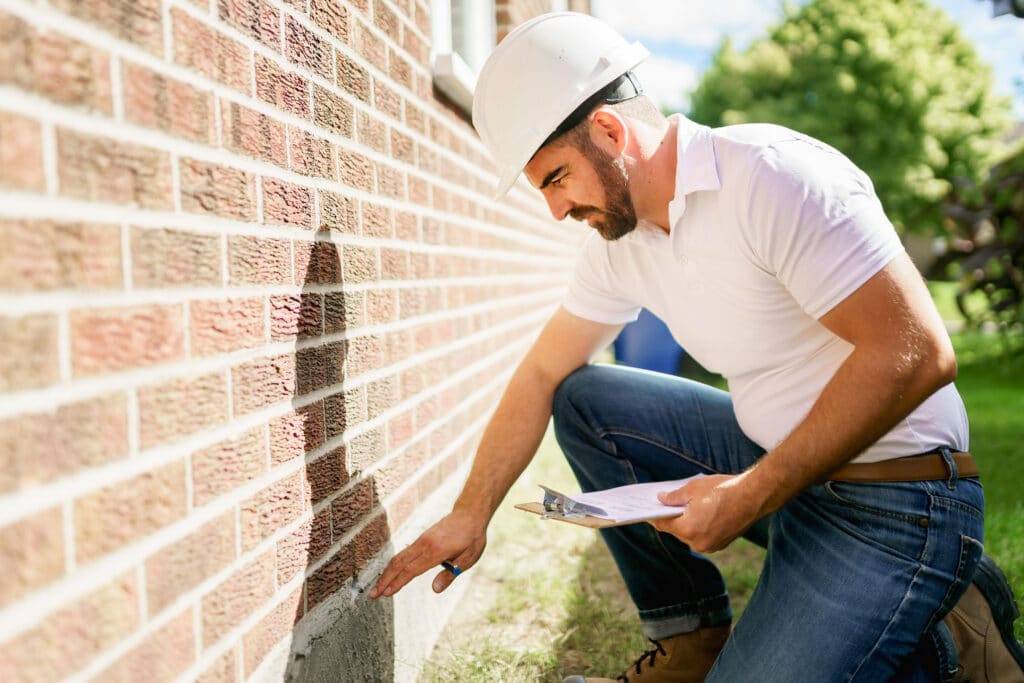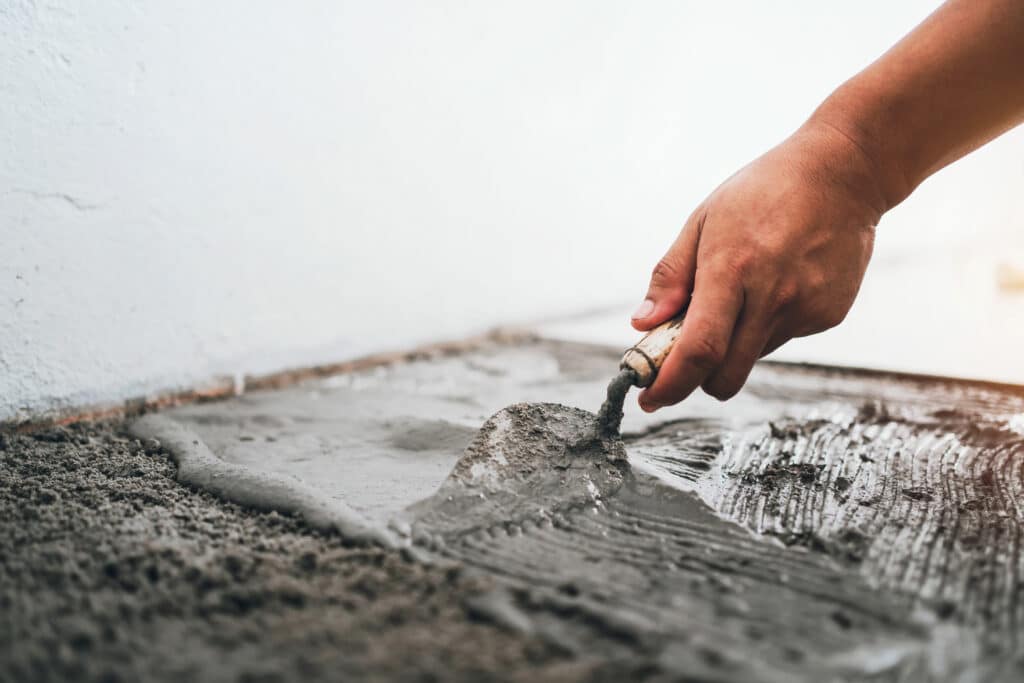Common Causes of Foundation Problems in Baltimore
Foundation issues have some possible causes. Here are the top ones for Baltimore residents:
- Aging plumbing: Baltimore has its fair share of older homes, with a median building year of 1965. Many of these properties use cast-iron plumbing. When the pipes start to erode, leakage could reach your foundation and even pool beneath it.
- Soil composition: Soil with large sand or clay concentrations is highly expansive. In the heavy rainfall Baltimore receives, the soil absorbs moisture like a sponge, then releases it in dry seasons. The constant expansion and contraction stresses nearby foundations, even if the foundations keep dry.
- Improper modifications: Landscaping or roofing work that wasn't done to standard could result in your foundation settling.
- Standing water: Water accumulation around your home can harm your foundation, especially when it collects in areas your gutters don't protect.
- Tree Roots: Tree roots can enter a home's foundation through crevices, and may create stress that causes your foundation cracking, pipes being damaged, and overall structural weakening.
How to Choose the Best Foundation Repair Company
To choose a foundation repair company, you should determine what's most important to you. Use this guide to help you navigate the process.
Licensing and Experience
In Maryland, the state Department of Labor licenses all foundation repair companies. There are strict requirements to get and keep a license. Business owners must have two years of industry experience, pass a trade exam, submit business filings and proof of insurance, and clear a financial audit. Subcontractors working your foundation job don't need a license if they're working for a licensed contractor. To further understand your contractor's experience, we recommend asking questions about what local codes apply to your project, how the company inspects foundations, and how its team will draft plans and pull permits.
One of the most effective ways to assess a company's reputation is to browse its website. Look for the company's history and what credentials its team holds. Many leading companies publish educational content for future customers.
Customer Reviews
We advise checking the company's Better Business Bureau (BBB) profile to determine whether it's accredited and has a good customer review score. You can see whether other homeowners have expressed satisfaction or filed complaints. Pay special attention to what customers say about company warranties. Remember that negative feedback doesn't necessarily mean a contractor is unqualified. BBB reviews also show how companies resolve complaints. A responsive team that aims to achieve amicable outcomes is a good one. Avoid a company if you don't see good communication about problems.
Foundation Repair Cost in Baltimore
The cost of foundation repair can vary substantially based on the degree of the problems and what needs to be done to fix them. For minor foundation cracking and settling problems, you may pay as little as $1,800. However, if there is considerable damage, the normal cost will be around $2,800. More complex jobs involving digging, helical piers, or extensive concrete leveling could run you $6,800. See below the average foundation repair costs for common issues.
| Common Foundation Repair Services | Average Cost |
|---|---|
| Crack Repair | $339 |
| Leak Repair | $2,706 |
| Stabilization | $4,674 |
| Underpinning | $1,300 |
| Waterproofing | $2,987 |
Ready to Get a Quote on Your Foundation Repair Project?
Please enter a valid 5-digit zip code!
Frequently Asked Questions About Foundation Repair in Baltimore
How much does foundation repair cost in Baltimore?
Are there any warranties or guarantees provided with Baltimore foundation repair services?
What preventive measures can I take to avoid foundation issues?
- Make sure your home's gutters and downspouts are in good condition and direct water away from your foundation to prevent water accumulation.
- Irrigate the soil around your foundation evenly, especially during dry spells, to prevent expansion and shrinking.
- If possible, grade the soil around your home to slope away from your foundation, promoting water drainage and minimizing the risk of foundation issues.
- Inspect your foundation for cracks, and address any issues promptly.
Are there telltale signs I should avoid a particular foundation company?
To share feedback or ask a question about this article, send a note to our Reviews Team at reviewsteam@thisoldhousereviews.com.
More Foundation Resources
National Foundation Repair Ranking Methodology
Sources
U.S. Census Bureau (American Communities Survey)
















